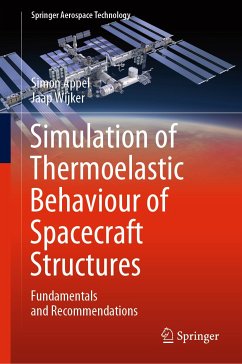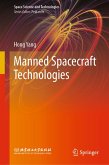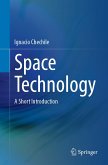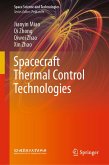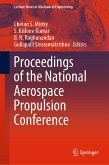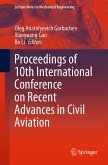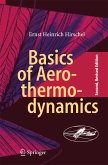The temperature mapping problem, typical for spacecraft thermoelastic analysis, is addressed. The principles of various temperature mapping methods are presented. The prescribed average temperature method, co-developed by the authors, is discussed in detail together with its spin-off to provide high quality conductors for thermal models.
The book concludes with the discussion of the application of uncertainty assessment methods. The thermoelastic analysis chain is computationally expensive. Therefore, the 2k+1 point estimate method of Rosenblueth is presented as an alternative for the Monte Carlo Simuation method, bringing stochastic uncertainty analysis in reach for large thermoelastic problems.
Dieser Download kann aus rechtlichen Gründen nur mit Rechnungsadresse in A, B, BG, CY, CZ, D, DK, EW, E, FIN, F, GR, HR, H, IRL, I, LT, L, LR, M, NL, PL, P, R, S, SLO, SK ausgeliefert werden.

